Introducing "Kushania"
The distinctive role played by the northwestern part of the Indian subcontinent
For anyone who has studied the history of the Indian subcontinent, it is evident that its northwestern quadrant is uniquely influential. I have written in my series on the historical great powers of Asia at The Diplomat about how the regions of Afghanistan, Rajasthan, Punjab, and the western Ganges valley have successfully dominated much of the subcontinent for centuries. Many of its most influential political structures, empires, and cultural and religious currents — the Vedic tradition of Hinduism, the medieval Vaishnava Bhakti movement centered in the Braj area, and the Hindi language — originate from there. This is the main fulcrum of power in the subcontinent. To emphasize the particular and unique nature of this region, I have decided to coin a unique name for it: “Kushania” (see map below). To my knowledge, no scholar has previously used such a term, though the unique nature of the northwestern part of the subcontinent is well-established and acknowledged.
I have elected not to use other useful terms, such as the Northwest, Rajputana, Punjab, Sakastan, Gandhara, Hunasthan, or Khorasan, because they conjure other, more geographically precise notions and do not convey what I want to convey. Kushania derives from the empire of the Kushans (Sanskrit: कुषाण, Bactrian written in Greek characters: Κοϸανο), the polity that ruled much of the region in question during the classical era of Indian history. The Kushan Empire and its Saka (Scythian) tributaries, the Western and Northern Kshatrapas (Satraps) dominated this region for the first three centuries of the Common Era.
The rugged nature of much of this territory, combined with its proximity to Persia and Central Asia — home of many of the people who invaded the subcontinent — contributed to the dominance of hardy, clan-based populations, such as the Pashtun and Rajputs, that came to dominate the subcontinent, particularly when they utilized the fertile resources of the Punjab and the Ganga-Yamuna Doab—the western part of the Ganges valley that lies to the west of the confluence of the Ganga and Yamuna rivers at Prayagraj.
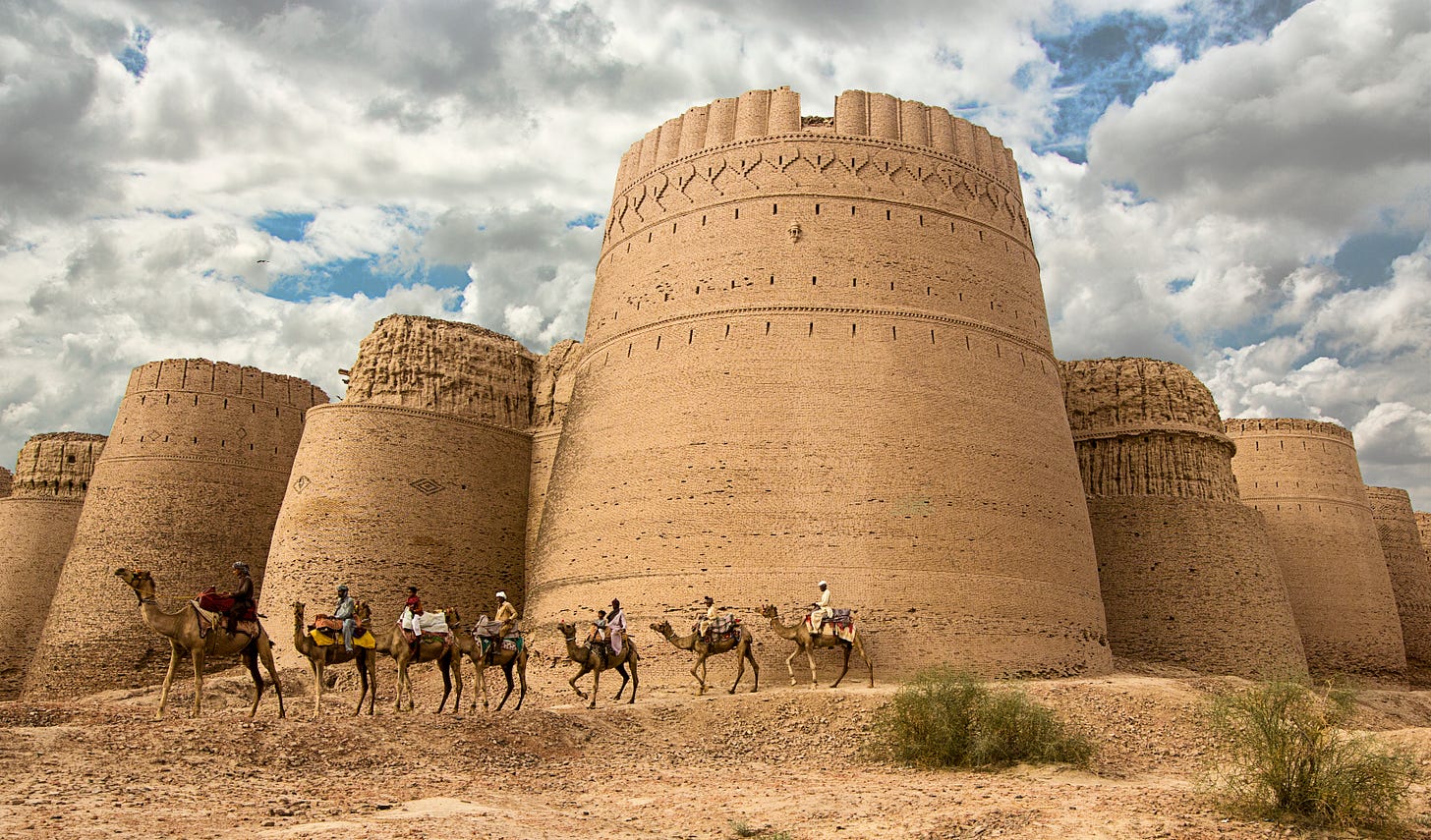
Kushania, the northwestern quadrant does not have a precise definition, but it encompasses areas that are generally mountainous, hilly, or arid, and fertile areas adjacent to these. It includes much of the Hindu Kush range — most of present-day Afghanistan and Khyber-Pakhtunkhwa in Pakistan — the foothills of the Himalayas stretching from Kashmir to Uttarakhand, the arid lands of Gujarat and Rajasthan, which contain the Thar and Cholistan deserts as well as the salt marsh, the Rann of Kutch, and the deep gorges of the Malwa plateau of western Madhya Pradesh. It also includes the fertile lands of the Punjab (in modern India and Pakistan) and the aforementioned Doab, which lies mainly in present-day Uttar Pradesh and Haryana.
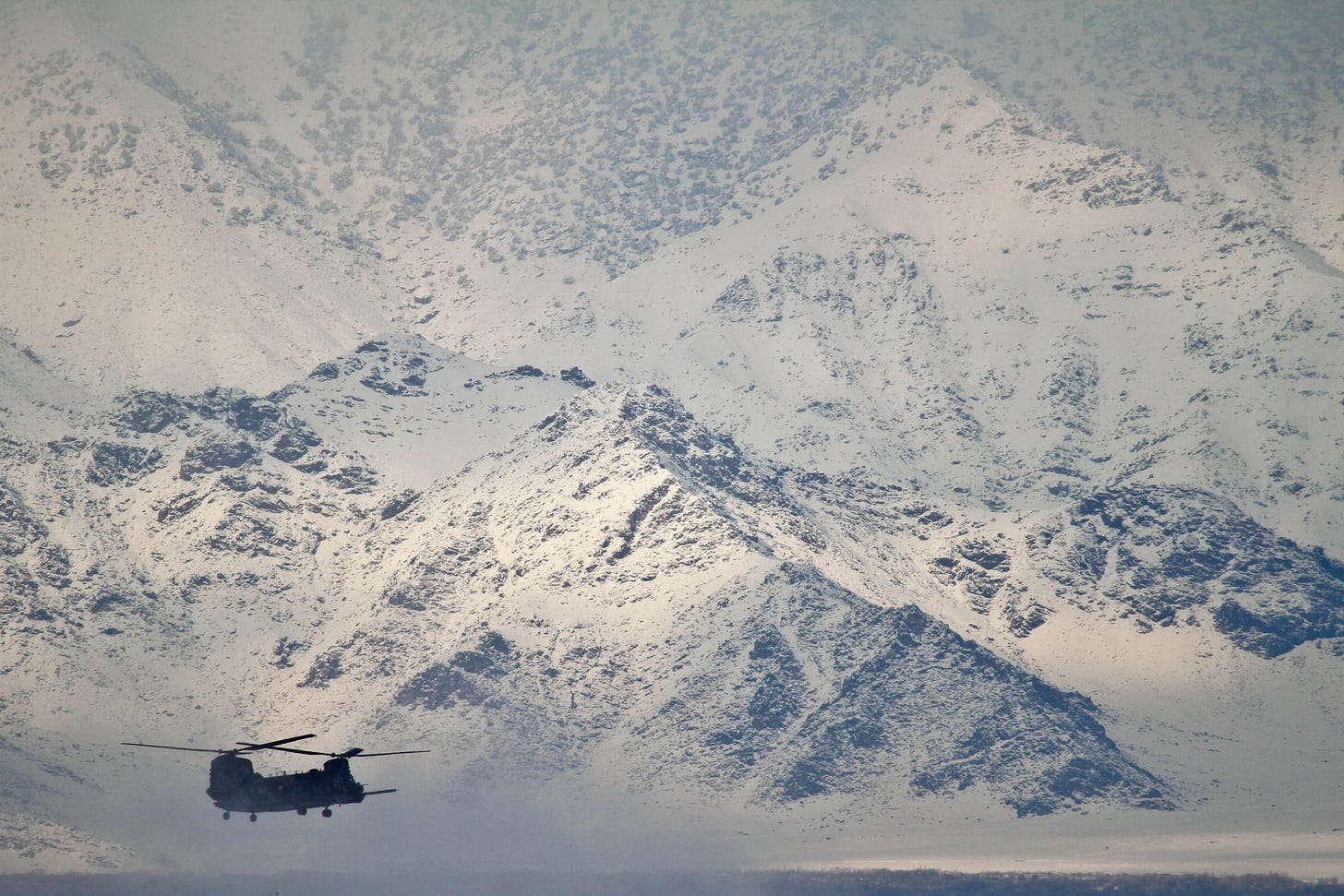
Much of this region corresponds to the initial definition of Aryavarta used in early Vedic literature (the notion of Aryavarta was later expanded to include all of North India). This definition is very interesting because it corresponds to the core area of many of the empires that came to dominate the subcontinent thereafter, many of which originated in Central Asia. The first recognized state in South Asian history, the Kuru Kingdom, arose in the foothills of the Himalayas in the upper Doab. Many of the defining features of Hindu culture originate from this polity. Chandragupta Maurya, the founder of the Maurya Empire, is said to have raised an army and consolidated his kingdom in the northwest before moving east. In fact, I came close to using the term Aryavarta for the idea that I am expressing in this post, but the revised term Aryavarta stretches too far to the east — all the way to the Bay of Bengal — and is not inclusive of Afghanistan.
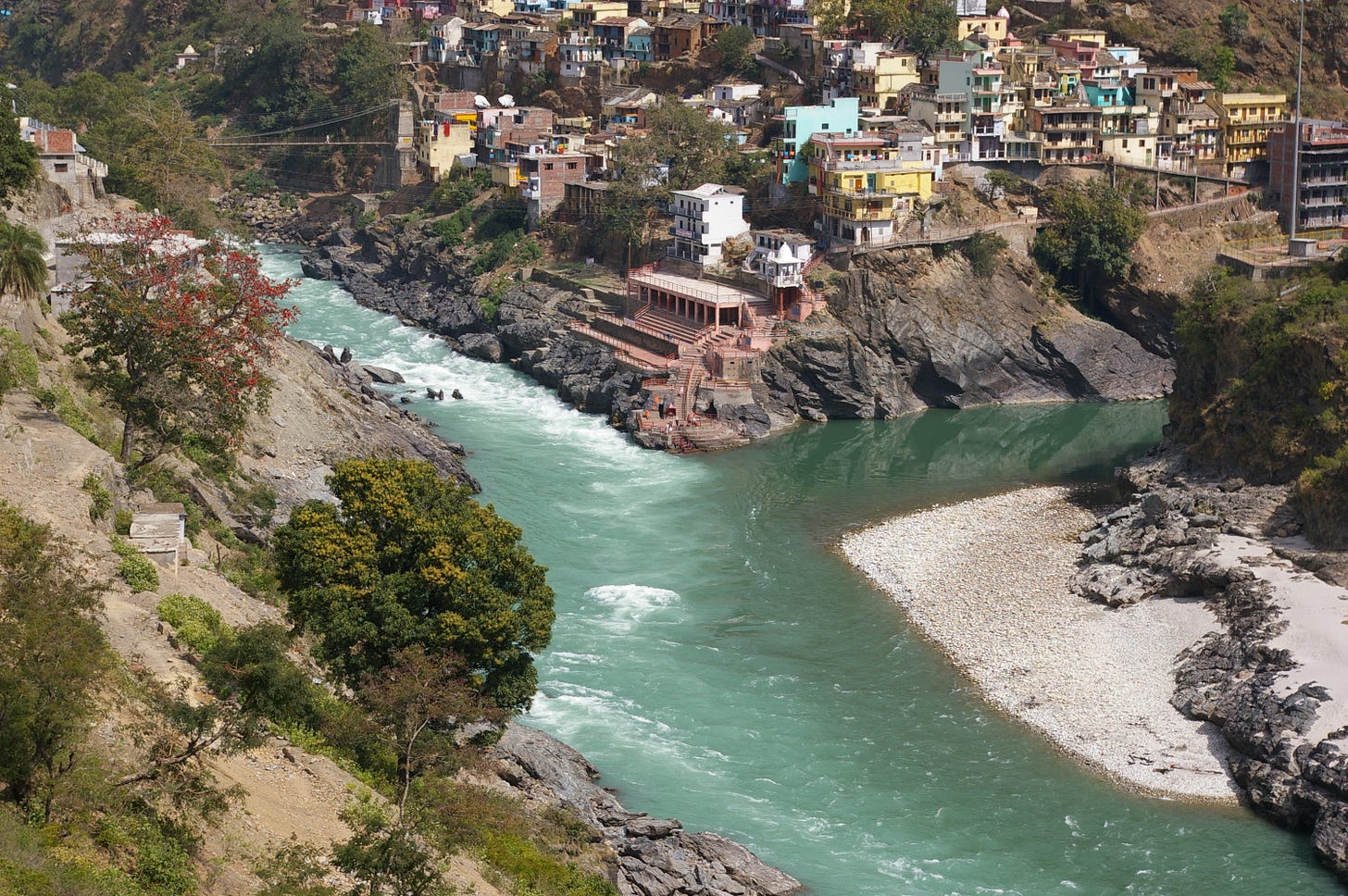
Subsequent groups that dominated the area — and much of the subcontinent — and assimilated to Indian culture, include the Saka (Scythians), Kushans, and Hunas (Huns). There is a very fascinating episode on The Ancients podcast about the White Huns and related Hunnic groups that invaded this region and the empires that they went on to establish.
In medieval times, various Islamic empires of mostly Pashtun and Turkic extraction originated in and went on to found states centered in this region, including the Delhi Sultanate and the Mughal Empire.
Most fascinating of all peoples from this area are the Rajputs, the warrior lineages that dominated most of India throughout the medieval and modern eras. Their folklore, their arts and architecture, their chivalry, their military ethos, are legendary and amongst the greatest gifts of India to the world. The Rajputs are generally Hindus and scholars believe that they are likely of mixed origin — some are originally local kshatriyas — while others may be descended from nativized Sakas and Hunas. Later legends attribute their origins to a great fire sacrifice held at Mount Abu, in southern Rajasthan. There are also Muslim Rajput groups, and even the Mughal dynasty became primarily Rajput by descent after a few generations of intermarriage (i.e. Shah Jahan, the emperor who built the Taj Mahal had both a Rajput mother and grandmother, so was three-quarters Rajput). See below for a Bollywood-ized representation of a folk song from Rajasthan.
Rajputs and Rajputanization — the process of warrior groups embracing the Rajput ethos — began with the medieval Pratihara Empire, whence Rajputs arose as a distinctive group. The term “[referenced] entire aristocratic lineages bearing a martial ethos of courage, heroism and martyrdom. Such lineages included the Chauhans of Ajmer, the Tomaras of Delhi, the Gahadavalas of Kanauj and the Chandelas of Kalinjar,” according to Richard M. Eaton, writing in India in the Persianate Age: 1000–1765. Little tends to be written about the Pratiharas, and less is known about them than should be, but this empire, which originated in Rajasthan, Gujarat, and Malwa, ruled most of Kushania from the 8th to 11th centuries, defeated Arab incursions into India, and gave rise to many of the famous medieval Rajput dynasties of India. By the time of the British Raj, Rajput dynasties had fanned across most of northern and central India, establishing several hundred states. There was enormous prestige in being a Rajput, and many dynasties claimed descent from them or adopted elements of Rajput culture, such as men taking the title Singh (lion). The Shah Dynasty of Nepal and the Bhonsle Dynasty of Shivaji, which founded the powerful Maratha Empire based in Maharashtra, both claimed an origin in the most prominent Rajput clan, the Guhilas/Sisodias of Mewar. Amazingly, the Guhila/Sisodia clan ruled Mewar continuously from the 500s to 1948 CE.
The Rajputs are just one group from this region. They are, of course, not synonymous with Rajasthanis, the people of modern-day Rajasthan; there are Rajputs across different regions of India speaking various languages. Let it not be forgotten that the Mughals consolidated their base in Afghanistan and then established the heart of their empire in the Punjab and the Doab, particularly in the area between the cities of Lahore, Delhi, and Agra. The Mughals would go on to have a major impact on the spread of Indo-Islamic culture throughout the subcontinent. It is clear that the northwestern part of the subcontinent has had a special role in its history and culture, and that we should speak of it, when relevant, as a distinct region. As such, it needs a unique name. Hence, Kushania. I look forward to using this term more often in my writing.
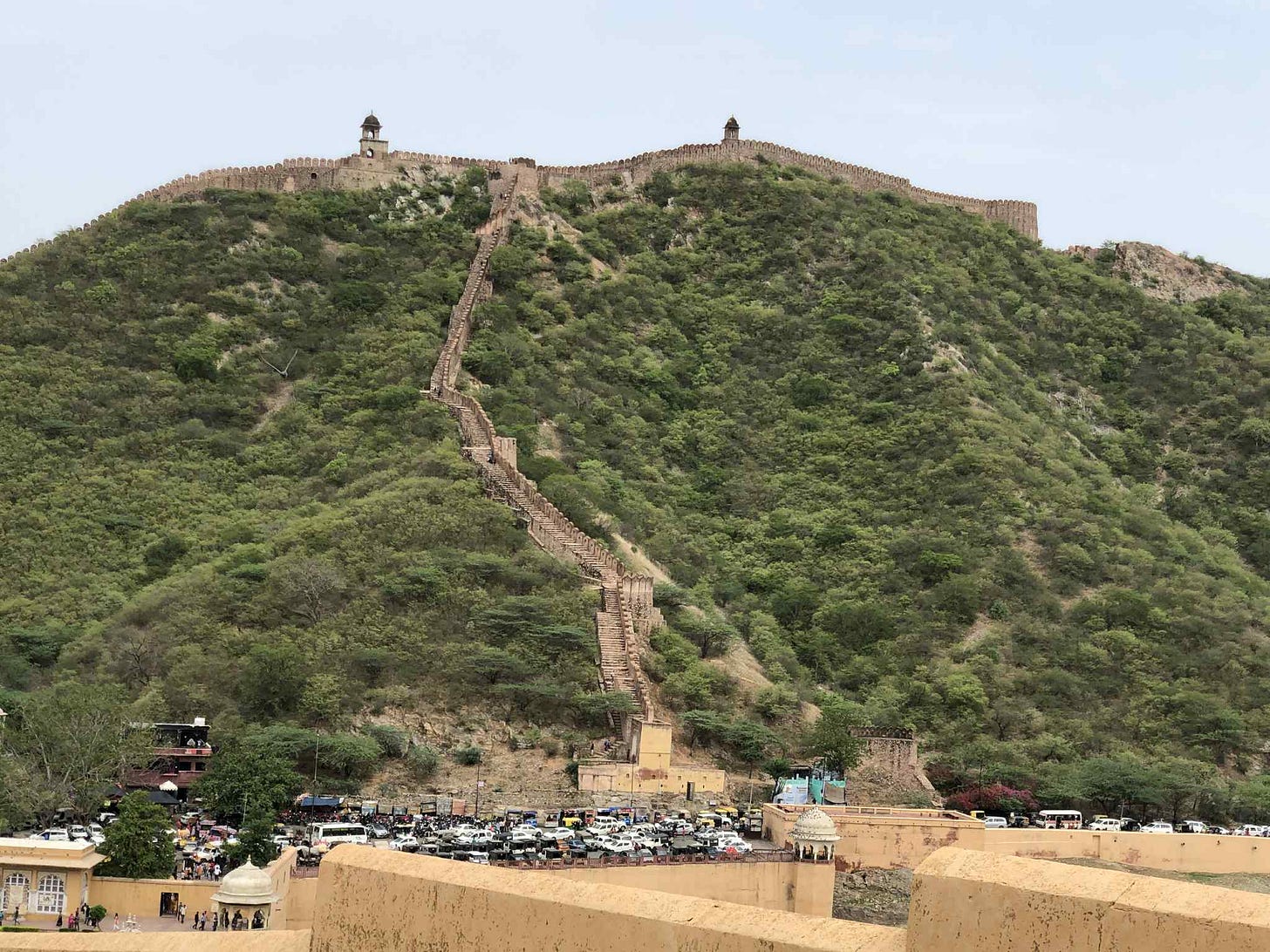


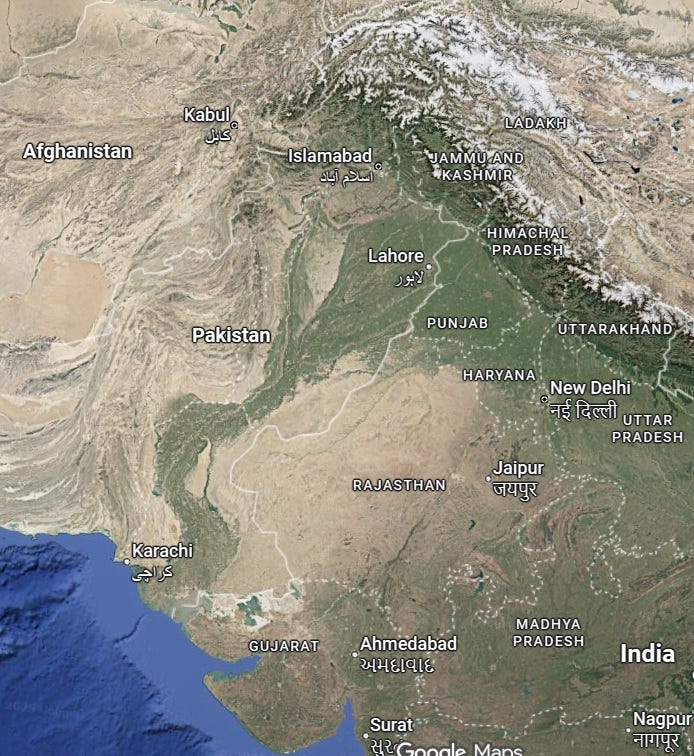
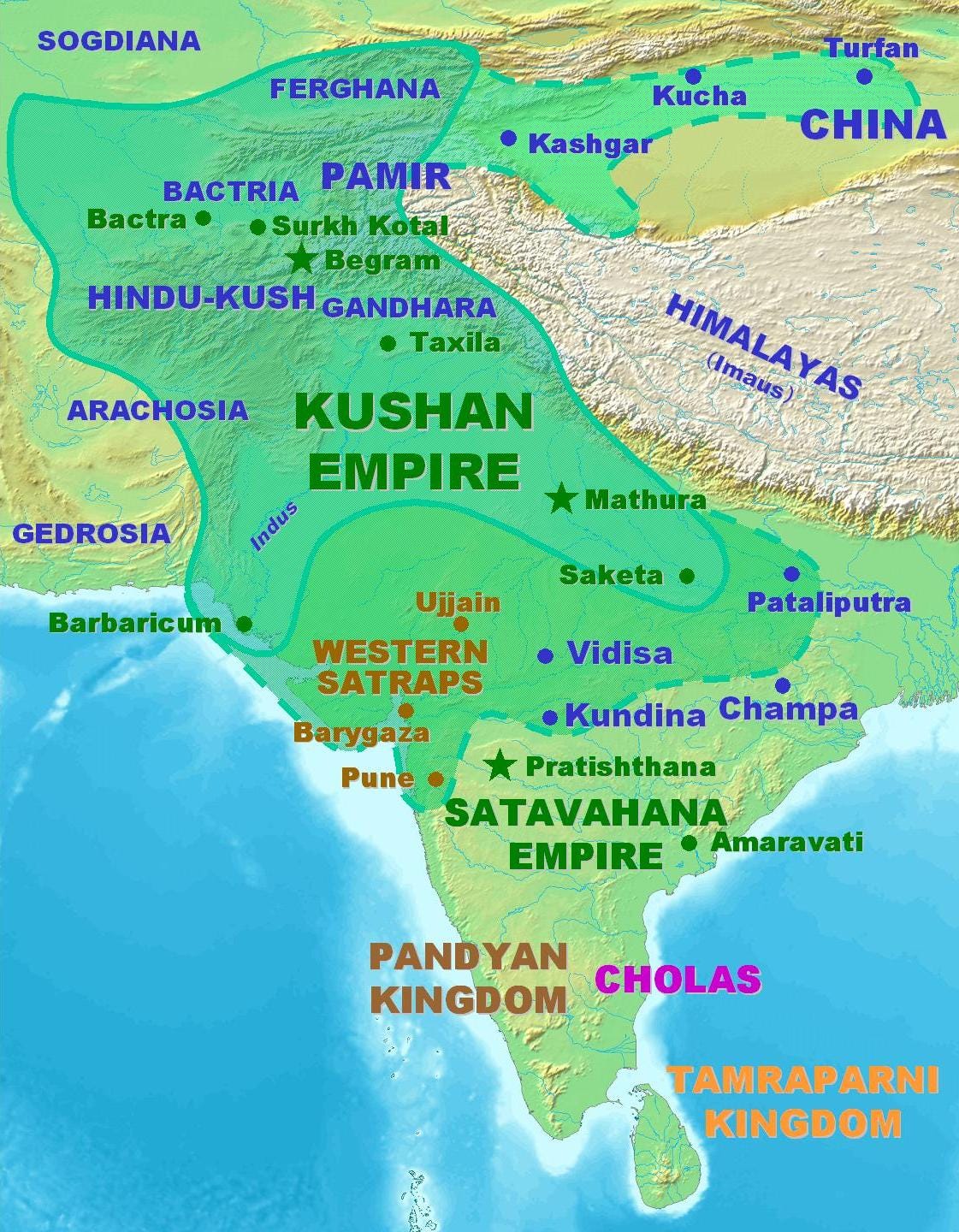
As per Johannes Bronkhorst (Greater Magadha), the initial definition of Aryavarta excluded Magadha. It was only later that it was included as Brahmin influence expanded east (Perhaps with the Shungas)
Very insightful! Loved reading this!